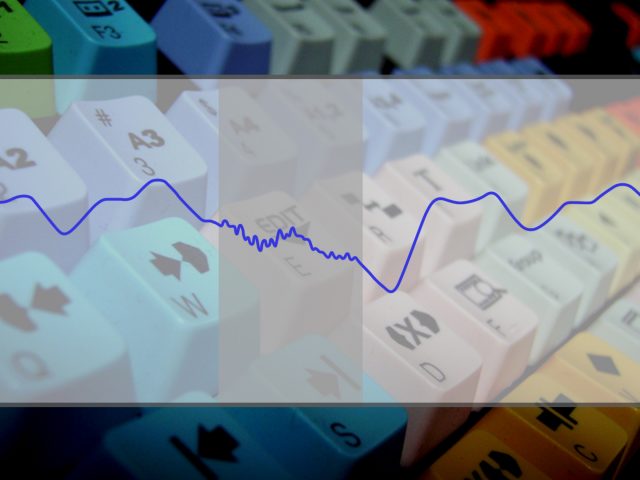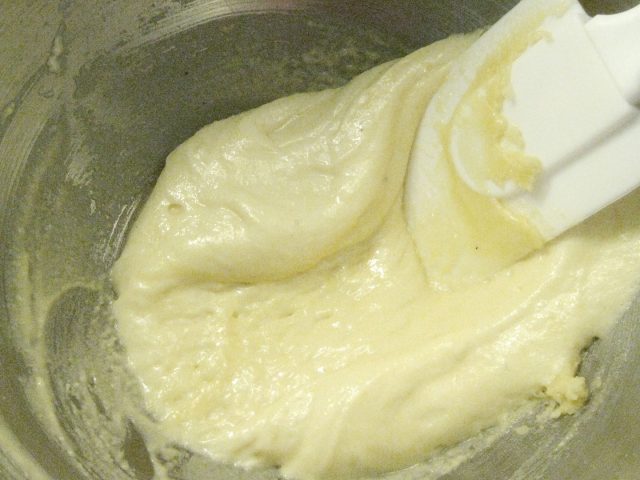Looking through some of our works in music videos we have come to realise that our music videos are rather simple and basic-looking: the final render has very little special effects, using only the basic editing tools such as trim and adding a few fades here and there to create the music video. But a music video that looks simple does not mean that it is any easier to make or that any less effort is required to make it. Even when making a simple music video with little special effects it requires quite a bit of thought and effort; it is not as simple as just a few edits of scenes and piecing it to music.
So, for this entry, we thought we’d write about creating a music video and what we believe are some (but not all) of the important things to pay attention to when creating it.
Camera shots and position:
When selecting scenes for our music video, we should take into account the camera shots and position of the selected scene. Because different camera shots and positions give us different information (for example, time, location, who or what our focus is, a character’s disposition, or even a character’s status in society), we need to study them and take some time to think about whether or not the selected shot or sequence of shots can be used effectively to tell the story of our music video.
On many occasions, we’ve seen completely unedited scenes taken from an episode and simply “dumped” into the music video. It would seem that these music videos were attempting to use the meaning created in the episode and transferring it over to the music video to help create its meaning. Although the meaning/the author’s intentions of the unedited scene may be loud and clear for some (i.e. to those who have seen the episode the scene was taken from), for others, it may be just a sequence of shots that has no connection to the music used whatsoever. The result is one that reaches some and not others, or even worse, make no impact on the viewers and is dismissed as a poorly made music video.
Tempo and Mood:
The tempo and mood of the piece are probably dependent on the piece of music we choose and the genre of the music video. So, for an action piece, we’d imagine we’d choose a piece of music that is faster, with lots of beats—whereas, for a romantic piece, we’d choose a slower song. For a faster piece, one would expect a lot more shots than a slower piece in order to capture the intensity of, one, the music, and two, the action genre. This would mean a greater amount of editing (as we’d expect more shots to be used) where the duration of the shots are typically shorter. So here is another example to why we cannot simply keep long sequences taken from an episode without editing it ourselves: the scene has been edited for the episode it came from, and not for the music we have chosen to piece it to.
Flow:
As there are many genres of music videos out there, how the the scene flow from one to the next depends on the type of video we are trying to make. The point we want to make here is just that we should make sure our eye doesn’t jump or pop in and out unnaturally or dart everywhere as we try to watch the music video. To ensure that we don’t cause such an effect on our audience, we should watch our music video several times, even a dozen times during the editing process to see if it flows as the music video should.
As a couple of tips, there are a few ways we connect our scenes. One is fade. Fades are probably one of the most used techniques to connect scenes, whereby we leave one scene by fading out and in to the next. Another way is to pay attention to the actions of characters and objects in the scene. We can use the flow of their motion—whether it be a glance of the eyes, a turn of the head, or a throw of a vase (for example)—to head into the next shot. Yet another way is to use the flowing motion of the camera and carrying on this flow of motion onto the next shot, making sure that this next shot carries on the motion and from a similar position it left off.
Facial expression and body language of characters:
We’re not sure if people pay attention to such things, but we find that facial expressions and body language of the characters to be an important note to take when choosing our shots for our music video. Why?—because a smile (let’s say) does not only come in one form, but it comes in many: there’s the kind smile, the smug smile, the devious smile, the sad smile—well, we’re sure we all get the picture; and sometimes choosing the right shot with the right smile can greatly add to the music video and the story we’re trying to tell.
Mouth Movements:
This is the last point we want to make and it is the one concerning mouth movements during sections of the song where there are no lyrics. Ideally, during sections where only instrumental music is playing, characters should not be speaking at all. Those who are strict on having no movement of the mouth during such intermissions will not tolerate it. But for those who are less strict, they may tolerate a very tiny movement of the lips. Either way, do your best to keep characters’ lips still during instrumental parts of the music.
Last Words:
Before making a music video, it is probably a good idea to listen to the song a dozen times before beginning so that you understand its intending meaning. Once you get that, either use its intended meaning to create your music video or alter its meaning to tell your story. We also think that it’d be helpful to understand at least a little of how the different camera angles, positions, and other filming techniques are used to create meaning. Understanding “the grammar of television and film”—as a site so nicely phrased—it’ll allow you to use the shots to your advantage and create something that connects to the audience more. We want the people who watch it to go “Wow, that’s deep…”—well, not exactly like that, but we don’t want them lost because the shots we’ve chosen just don’t suit the music.
Further reading:
Camera Shots, angles, and movement, lighting…
A good place to read about the different camera shots and angles, camera movements, and lighting.
A site that briefly goes into the different types of camera shots with examples of how it might be used to create meaning.
A nice site discussing the different camera shots, camera techniques, editing techniques, lighting, sound, and more. It also discusses how they are used and what effect/meaning they are trying to achieve.
ADVERTISEMENT




